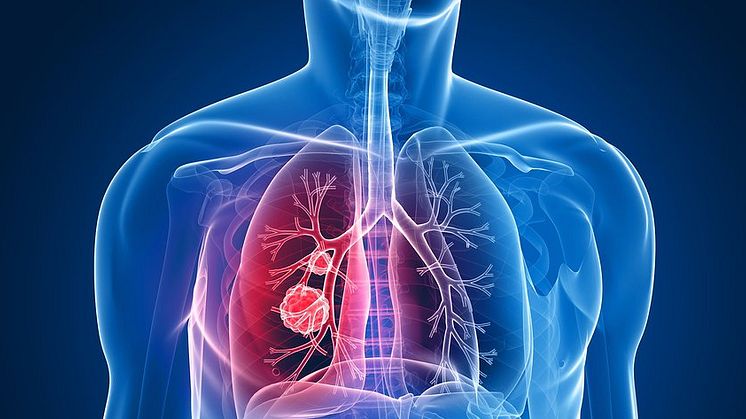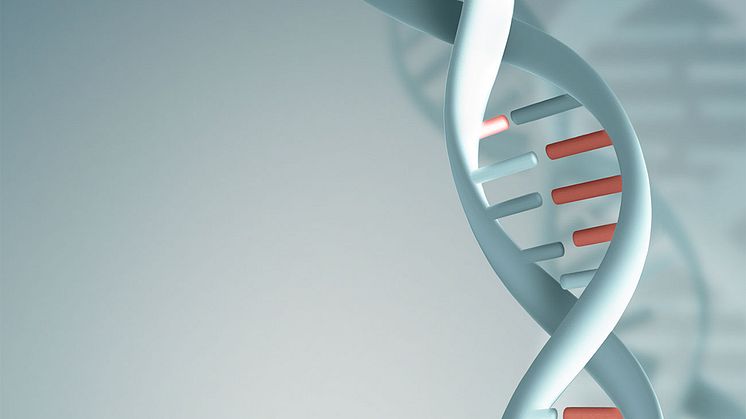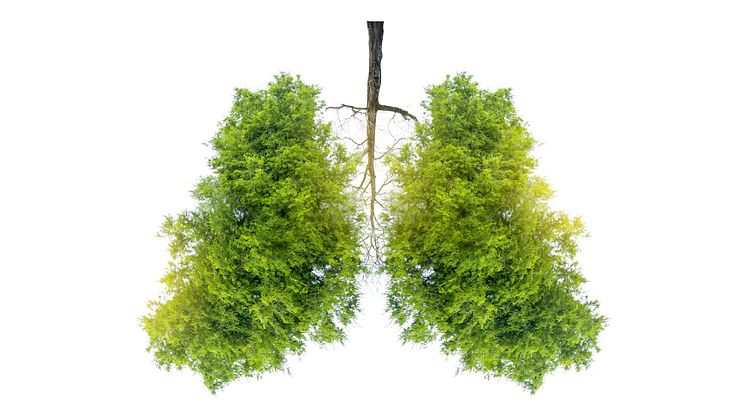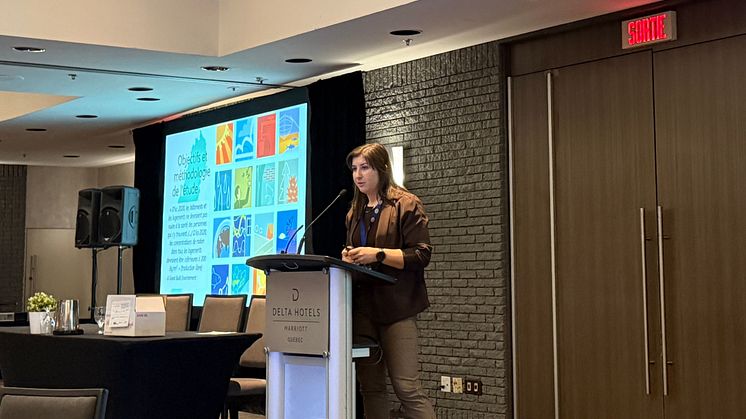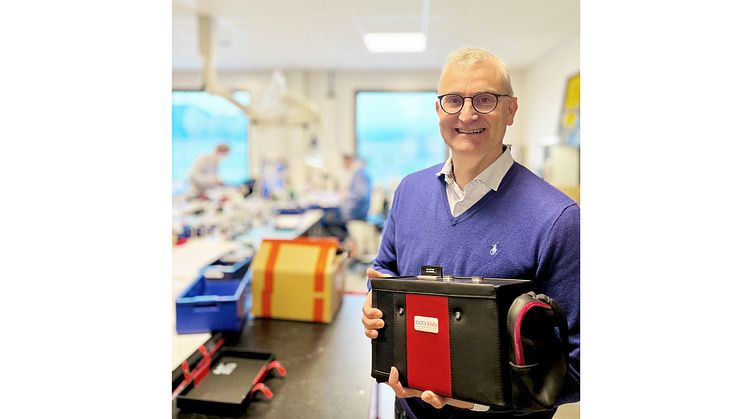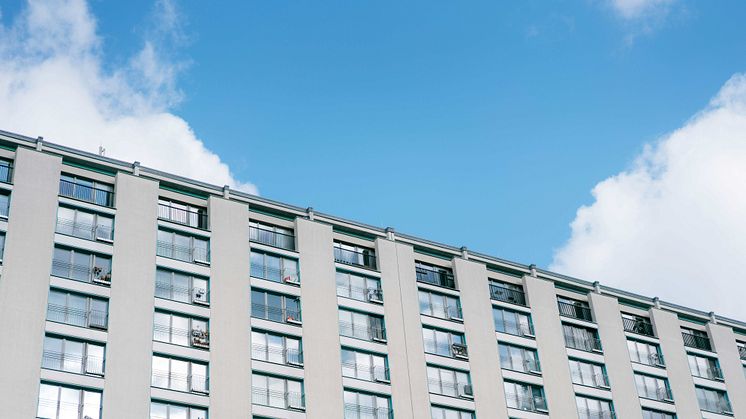
Blog post -
How is Radon a Danger to Human Health?
Radon is a naturally occurring gas that is neither visible nor has any odor. This characteristic makes it impossible to detect without specific tools. Despite its natural origin, radon poses a significant health risk to humans. But what exactly is radon, why is it dangerous, and how can we reduce the associated risks? Here, we explore the issue and its impact on our health.
What is Radon Gas and How Does it Spread?
Radon gas is formed when uranium in the ground breaks down. The released gas can enter buildings through cracks in the foundation, unsealed pipe penetrations, and certain types of construction materials. In some cases, groundwater from wells can also be a source of radon.
The danger of radon lies in its decay products, known as radon daughters. When these radioactive particles are inhaled, they can become lodged in the lungs, potentially causing cell damage that increases the risk of lung cancer over time. The risks are especially high in poorly ventilated spaces where radon can accumulate to elevated levels.
A Silent but Serious Health Risk
According to Sweden’s Radiation Safety Authority, radon is the second leading cause of lung cancer globally, after smoking. The World Health Organization (WHO) also highlights radon as one of the most common causes of lung cancer. In Sweden alone, approximately 500 cases of lung cancer each year are linked to radon exposure.
For individuals exposed to high radon levels who also smoke, used to smoke, or have been exposed to secondhand smoke, the risks are even greater due to the compounding effects of radon and smoking.
“Radon is a tangible but often underestimated health risk. By measuring radon levels in homes and workplaces and taking timely action, we can significantly reduce the health risks,” says Karl Nilsson, CEO of Radonova Laboratories.
How Can Radon Be Detected?
The only way to determine if radon levels are too high is to measure them. Radon testing is simple: small detectors or measuring instruments are placed in the building for a specific period. Ideally, testing should be conducted during the winter months when ventilation is often limited, and radon levels tend to be at their highest. However, it is also possible to measure radon at other times of the year. Warmer weather does not necessarily eliminate the radon problem. An accredited radon laboratory can recommend the most appropriate type of measurement for each situation.
If radon levels exceed regulatory limits, corrective measures should be taken.
Measures to Reduce Radon Levels
Several effective methods can help lower indoor radon levels:
- Improved ventilation: Increasing air circulation can help reduce radon concentrations.
- Sealing cracks and pipe penetrations: Sealing cracks in the foundation and pipe penetrations reduces the entry points for radon.
- Installing a radon mitigation system: In more severely affected areas, a radon mitigation system or radon well can be installed to effectively reduce levels to safe thresholds.
It’s worth noting that radon mitigation measures are often not particularly costly to implement.
A Global Challenge with Local Solutions
Radon is a global health challenge with significant impacts in countries such as the United States, Canada, and several European nations. Differences in soil conditions and construction materials mean that solutions need to be tailored to local circumstances. Regardless of location, one thing is clear: elevated radon levels must be taken seriously, and awareness is critical.
Regular testing through an accredited laboratory and proactive interventions are essential in mitigating risks and ensuring a safer indoor environment.
For more information about radon and how to measure its levels, visit Radonova Laboratories.



